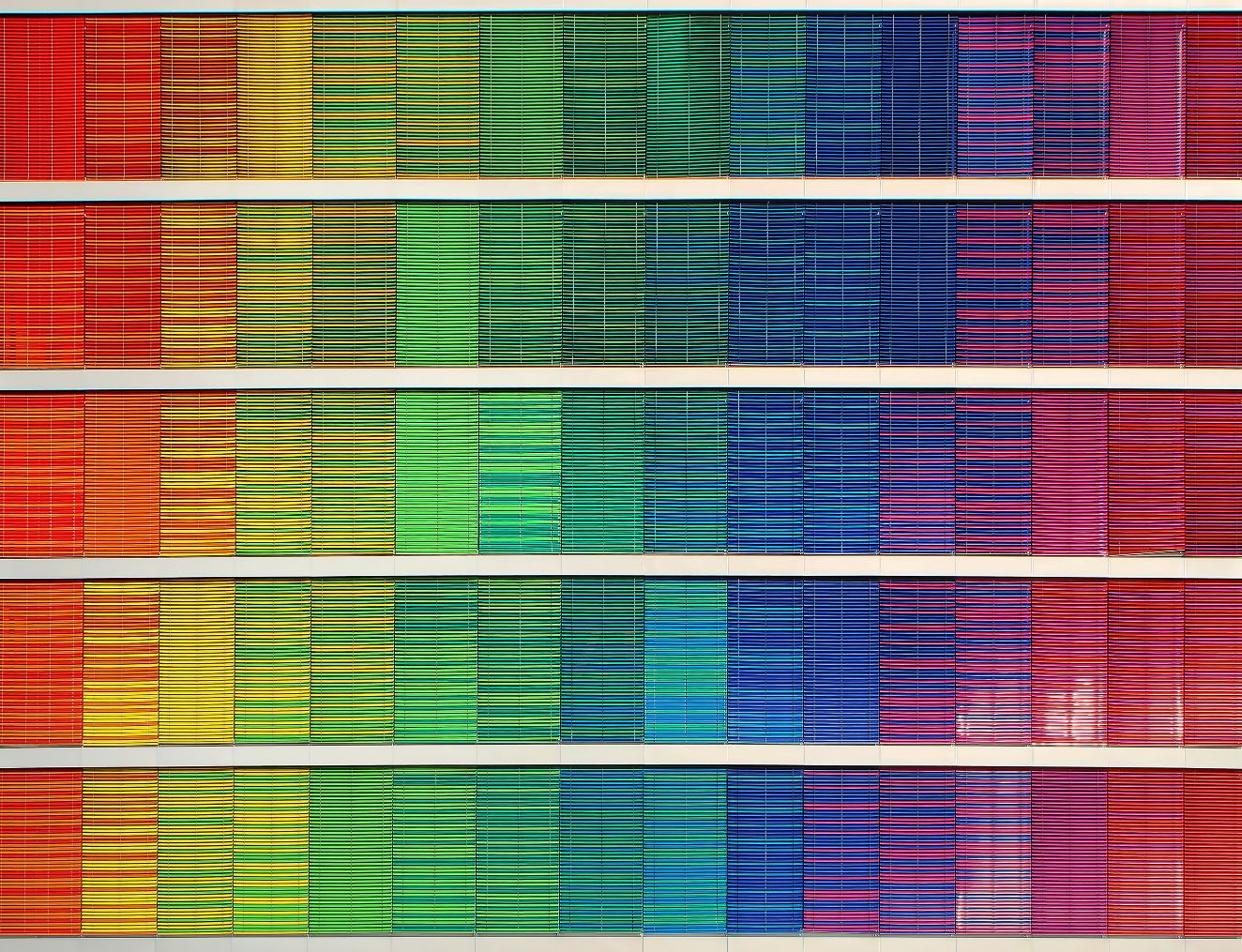
Blend your data for better decision making
- Shutta Copy Desk
- January 10, 2023
- Data Analytics and BI
Blending data is the process of combining data from multiple sources into a single dataset. This can be useful for a wide range of applications, such as creating more comprehensive reports, identifying patterns and trends across different data sets, and making more informed business decisions.
Blending data provides more context for decision makers. By combining data from multiple sources, blended data sets can give a more comprehensive and holistic view of a particular situation or problem. This can be especially useful for identifying patterns and trends that may not be visible when looking at data from a single source.
For example, blending customer data from different systems, such as a CRM, e-commerce platform and a survey data, can give a more complete picture of customer behavior and preferences. This can help decision makers to identify customer segments, understand customer lifetime value and make informed decisions about how to target and retain customers.

Blending data can also be used to combine internal data with external data, such as market or industry data. This can provide decision makers with a broader perspective on their business and can help them to identify opportunities and threats that they may not have been aware of otherwise.
Additionally, blending data can help to identify relationships between different data sets that may not be immediately obvious. This can be particularly useful for identifying cause and effect relationships, which can be very valuable for decision making.
The process of blending data can be done in a few different ways, depending on the tools and resources that are available. One common method is to use data integration software, which can be used to extract, transform, and load (ETL) data from multiple sources into a single dataset. This software can automate many of the manual processes involved in blending data, such as cleaning and formatting the data, and can be used to schedule regular updates to ensure that the blended dataset remains up-to-date.
Another method is to use data visualization tools, such as Tableau, Power BI, or Looker. These tools allow you to connect to multiple data sources, create visualizations, and blend data on the fly. This can be useful for creating ad-hoc reports or exploring data in real-time.
Blending data can also be done manually, using spreadsheet software such as Excel, but this method is more time-consuming and can be prone to errors.

The ease of blending data depends on the size and complexity of the data sets, the quality of the data, and the tools and resources that are available. If the data sets are small, the data is of high quality, and the right tools are available, blending data can be relatively straightforward. However, if the data sets are large, the data is of poor quality, and the right tools are not available, blending data can be a more difficult and time-consuming task.
In summary, blending data can provide more context for decision makers by giving a more comprehensive and holistic view of a particular situation or problem, by allowing decision makers to identify patterns and trends that may not be visible when looking at data from a single source, by providing decision makers with a broader perspective on their business and by identifying relationships between different data sets that may not be immediately obvious. All of these factors can help decision makers to make more informed and data-driven decisions.


